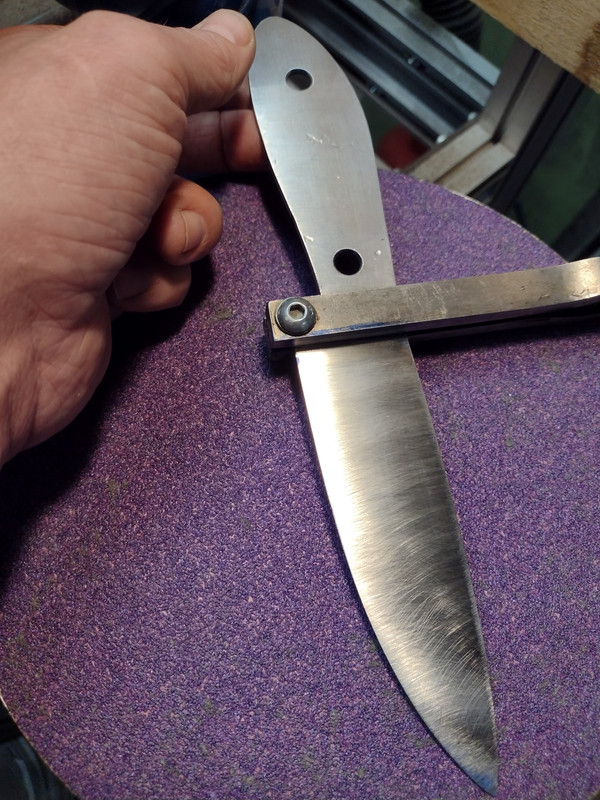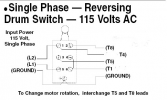- Joined
- Oct 18, 2018
- Messages
- 5,556
Ok, I Should of set up my grinder months ago.... Wow.
I had a pretty good oops, from the edge of my 2x72 belt, you know.....2" in
I didn't think it was That bad, but it was. You could feel it with your finger ......
It's GONE.
Lickety Split.

With the large,flat surface, I can really twist and torque the handle pretty easy, pushing Down.
I'm able to walk my grind to the edge without worrying of rounding the top spine. Like I would with my 2x72.
I had a pretty good oops, from the edge of my 2x72 belt, you know.....2" in
I didn't think it was That bad, but it was. You could feel it with your finger ......
It's GONE.
Lickety Split.

With the large,flat surface, I can really twist and torque the handle pretty easy, pushing Down.
I'm able to walk my grind to the edge without worrying of rounding the top spine. Like I would with my 2x72.
Last edited:


